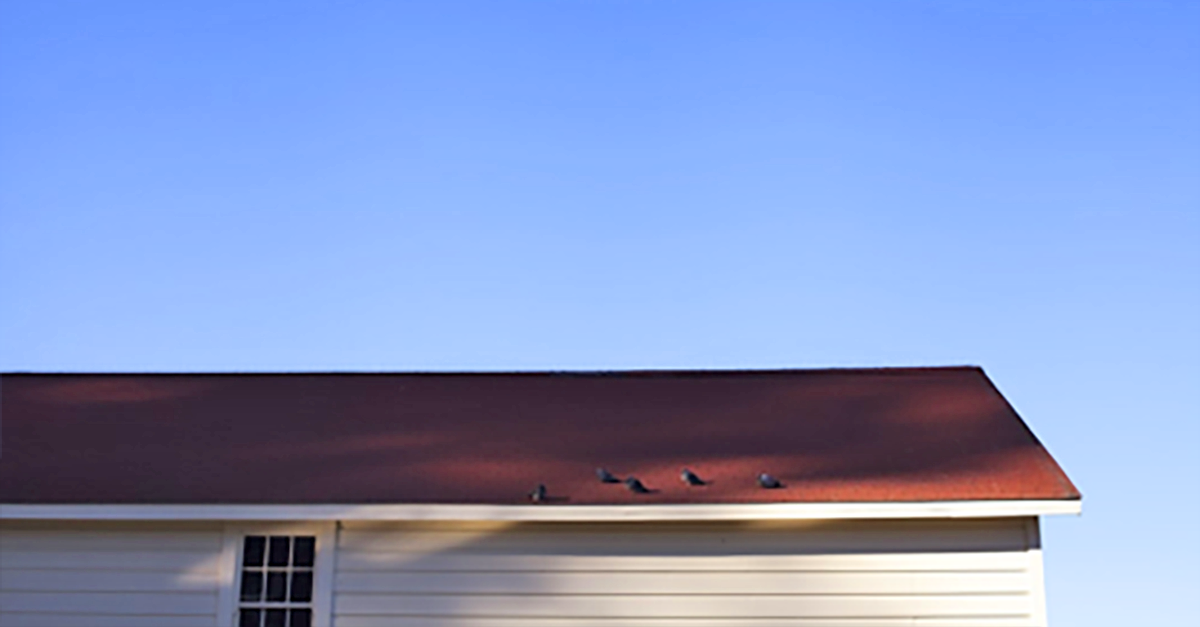Your home’s roof is an important structure that keeps your house safe. Despite its significant role, your home’s roof also happens to be one of the most vulnerable.
Punishing weather conditions like severe storms and freezing temperatures largely contribute to its deterioration, which increases the risk of damage to everything below it.
As such, it goes without saying that maintaining your property’s roof is critical. For landlords, property maintenance is not only your responsibility but it’s also your legal obligation, warns Florida Property Management & Sales.
Although each state is different, most habitability laws require that your rental property be “liveable” or “habitable.”
So, to safeguard your property from the elements, conducting regular inspections is unquestionably the best preventative care you can take.
Besides inclement weather conditions, the roof of your rental property can also get damaged as a result of:
· Ponding water: If water is standing or pooling near your roof, it’s definitely a sign of trouble. It accelerates the deterioration of many materials, including roofing asphalt, steel equipment supports, and seam adhesives in single-ply roof systems.
· Poor roof ventilation: Lack of proper roof ventilation can cause a myriad of problems, which can cause serious damage and pricey repairs.
· Blistering, splitting, ridging, and surface erosion of shingles: When any of these things happen to your shingles, the life of your roof can seriously be cut short.
· Improper maintenance: This is the roof’s worst problem. This can cause your roof to lose functionality and strength.
With that being said, here are 5 rental property roof maintenance tips for landlords.
Tip #1: Inspect your roof.

Roofs are often said to be like tires. They only come to our attention when a problem arises, and we only fix them when it becomes absolutely necessary.
Now, doing regular roof inspections can help you prevent costly roof repairs in the future. Experts recommend checking your roof at least twice a year. When inspecting your roof, the following are some things to consider:
· Missing or lifting shingles
· Damaged drip edge
· Missing, loose or buckling flashing
· Exposed or exposed fasteners
· Broken or sagging gutters
· Piles of granules
Tip #2: Clean the gutters.
Roof gutters are traces and chutes that route water off your roof. Keeping your gutters clean can protect you from costly roof and foundation repairs. It can also help you extend your gutters life expectancy.
If you neglect them, they can seriously cost you, both monetarily and in terms of labor and frustration over the long-term. Also, improperly functioning gutters can cause a myriad of problems.
Besides causing roof damage, improperly functioning gutters can cause damage to your foundation, siding, and landscape.
Tip #3: Trim the trees.

Pruning those trees in your yard will make them healthy, productive and pretty. And, more importantly, doing so will help keep you and your loved ones safe. One good storm can send branches crashing into your roof.
Additionally, trees with overgrown branches can:
· Enable the growth of moss. Moss requires moisture to grow. This is facilitated by the shade trees provide.
· Make it easier for animals to enter. A nice long tree branch can help squirrels, raccoons, possums, and skunks access your attic.
· Clog your gutters. Clogged gutters can cause severe issues in your home. One of these issues is water damage.
Tip #4: Check for moss and algae.

Moss and algae are not only unsightly, but they are also damaging as well. Left unattended, these organisms can cause a huge dent in your pocket. Luckily, removing and preventing their growth is easy.
To hinder their growth, you’ll need to keep your attic properly ventilated, remove any debris in your gutters, and trim overhanging branches.
With an existing problem, you’ll just need to mix water and chlorine bleach in the ratio of 50:50. Then, you’ll need to use a sprayer to apply it on your roof and leave the solution for about twenty minutes before rinsing it with water.
Tip #5: Re-caulk, if necessary and Check Insulation

If low-grade caulking was used during the roof installation, flashings may not hold their seal. Flashings help secure joints in your roof and places that tend to receive a lot of water, like valleys between slopes.
If the flashing is missing, installed incorrectly, or damaged, it may allow water into the home leading to structural damage.
If you have spotted large water spots on the ceiling of your home’s interior, it’s a tell-tale sign of a damaged roof flashing.
Lastly, check your roof’s insulation. The role of your roof’s insulation is to keep the building’s hot air and cold air. Ensuring your attic is well ventilated and insulated can help prevent moisture-related problems.
There you have it. Top 5 rental property maintenance tips for landlords. If you notice a serious problem with your roof, it may be best to just call a professional roofing expert.
Written by:
Beth Nathanson
P.A., Realtor & Director of Sales
Real Estate & Property Management are a passion for Beth, and she’s excited to provide ever evolving solutions to her customer’s needs, proudly serving her clients and their families in both management & sales since 1994.
https://floridapropertyrealty.com

